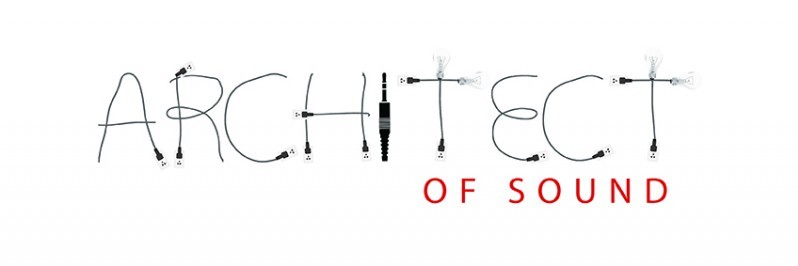Located on Free School Lane in Cambridge is a fascinating museum linked to the University of Cambridge, which houses an extensive collection of scientific instruments, apparatus, models, pictures, prints, photographs, books and other material related to the history of science. This is known as ‘The Whipple Museum of the History of Science‘.
What fascinated me mostly was not what was on display, but what wasn’t on display, and is sitting in the acoustics collection archives of the museum related to history, music, science, sound and vibration.
The Whipple has a significant collection of 19th century acoustical apparatus – in particular several examples from the famous Parisian instrument-maker Rudolph Koenig.
For any historian, inventor, musician, philosopher, researcher or scientist, these old acoustic instruments are a must see.

This Monochord was built in the year 1870 and is still in very good condition today. The word “monochord” means literally “single-stringed”. It is an ancient scientific and musical instrument, invented in Greece by Pythagoras in c. 500 BC, used for measuring and demonstrating the mathematical relations of musical tones. Pythagoras and his base believed the whole universe could be understood through musical tones and mathematics.
Click on the link here to find out more information on the 19th-century example of the Monochord.

With mathematics serving as the foundation of both music and astronomy, many individuals during the Renaissance explored the interrelationship between music and astronomy. This was most famously done by Johnnes Kepler in his Harmony of the Universe.
‘The Whipple’ has a fine selection of scientific instruments currently based in the collections archive. In order to view these instruments, you have to make an appointment which is very straightforward. The museum staff are more than happy to help. However, the museum is only open during the week and not over the weekend.

The tuning fork was invented in 1711 by John Shore. He was an instrument maker, musician, trumpeter and lutenist to H. Purcell and G.F. Händel in London. The tuning fork has played a vital role in modern music. It was significant in the quest to establish national and eventually international standards for concert pitch (the familiar A=440Hz). The tuning fork holds a solid pitch and produces a very pure tone.

The Parisian scientific instrument maker Rudolph Koenig was a popular instrument maker who brought acoustics into the mainstream of physics. Originally he trained as a violin maker under Jean Baptise Vuillaume (1798-1875), he set-up his own musical instrument making business, but over the years he developed a passion for building instruments for the study of acoustics.
He was a perfectionist which was clearly visible through the design of his acoustical instruments, most notably the tuning fork, and also built instruments designed by Helmholtz and others, as well as inventing his own. The Whipple Museum features a number of instruments built by Rudolf Koenig currently located in the collections archive.
This particular tuning fork was built sometime between 1850 and 1900 and is still in great condition. Click here to read the details of this instrument based in the museum.

The tuning fork continues to be of musical benefit, but tuning forks have also been developed for different uses in other fields such as health and hearing. For example, in medicine tuning forks are still used in the diagnosis of hearing disorders. They are also used to treat clients in the holistic fields of sound therapy and sound healing. Integral sound healing is a non invasion solution for muscle tension, chronic pain, the effects of a stroke and many more physical, emotional and mental health challenges people face on a daily basis.

There are many other fascinating scientific instruments, apparatus, models, pictures, prints, photographs, books (Victorian scrapbook, above) and other material on display worth viewing, however, the scientific instruments in the acoustics category of the collection archives in ‘The Whipple’ is a must see for any academic, historian, inventor, musician, philosopher, researcher, therapist or writer seeking further knowledge to understand and expand the mind in this forever interesting world.
Many thanks to ‘Morgan’ for the appointment, conversation and time.
To visit:
‘The Whipple Museum of the History of Science‘,
Follow the details on the link below:




